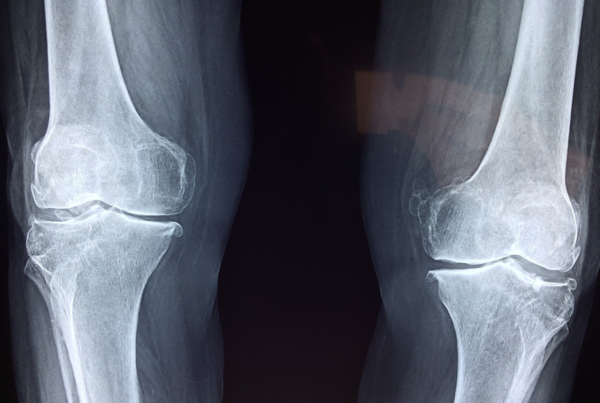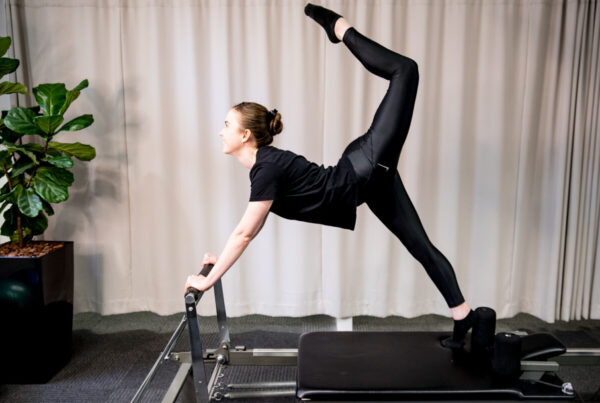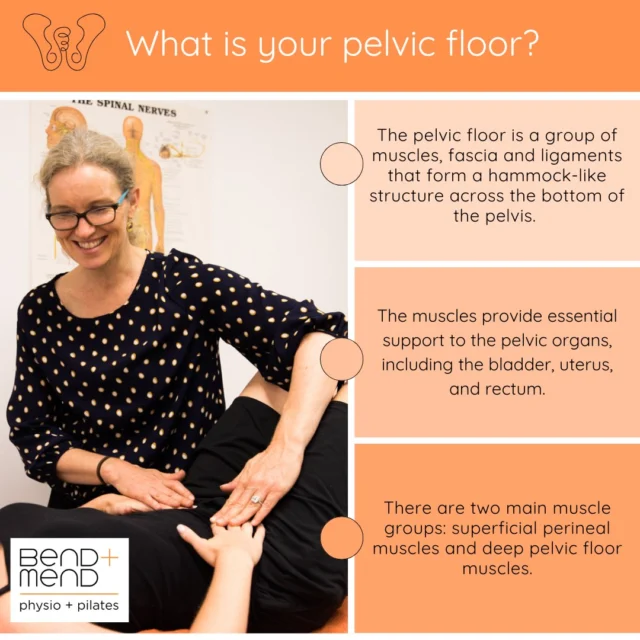Over the last decade Australia’s health has continued to worsen and burden our economy and health care system. In 2014/15 almost 2 in 3 adults and 1 in 4 children (aged 2-17) were overweight or obese in Australia. In 2011, 5 % of the burden of disease was attributed to individuals being overweight and obese.
It is widely accepted that obesity and being overweight have a link with the development and exacerbation of Osteoarthritis (OA). In 2014/15, 1 in 11 Australians (9%) had OA, approximately 2.1 million people, and 1 in 4 people with OA self-reported fair or poor health, twice as much as those without the condition. There has also been a 38% rise in the rate of Total Knee Replacements for OA from 2005/6 to 2015/16.
Weight reduction is one of the key modifiable factors in preventing and managing knee pain and osteoarthritis. Weight management and exercise go hand in hand and but all exercises are not equal when is comes to knee load.
Forces transmitted across the knee joint during normal walking range between 2 and 3 times body weight. Therefore the net effect of each additional kilogram in body weight is multiplied by 2 or 3 times at the knee. Below is a list of normal activities and exercises and the load on the knee (tibia) x Body weight. (BW)
| Activity | Peak tibial force x BW |
| Treadmill Walking (2-5 km/hr) | 2.5-2.8 |
| Power Walking (6.5kn/hr) | 2.1 ± 0.2 |
| Treadmill Jogging (8km/hr) | 2.8 ± 0.4 |
| Stationary Bike Level 1-5 (60-90rpm) | 1.0 -1.5 |
| Golf (lead knee) | 4.4 ± 0.1 |
| Golf (trailing knee) | 3.0 ± 0.2 |
| Tennis Serve | 4.2 ± 0.1 |
| StairMaster Level 1 | 2.4 ± 0.1 |
| StairMaster Level 3 | 3.3 ± 0.3 |
| Elliptical Level 1 | 2.3 ± 0.2 |
| Elliptical Level 11 | 2.2 ± 0.2 |
| Leg Press | 2.8 ± 0.1 |
| Rowing Machine | 0.9 ± 0.1 |
From the table above you can see that various activities have a higher or lower force on your knee joints. For those with knee pain or arthritis some lower load alternatives may be stationary bike or rowing.
A positive piece of information to take away is that any small reduction in weight can have a significant impact on knee load and knee pain. A reduction of 1kg could reduce the force by up to 3kg during walking and a reduction of 5kg could reduce the force by up to 15kg during walking.
If you are experiencing knee pain book in to see us at Bend + Mend in Sydney’s CBD. We are happy to give you advice on suitable exercises and modifications!
References:
D’Lima, D., Fregly, B., Patil, S., Steklov, N., & Colwell, C. (2012). Knee joint forces: prediction, measurement, and significance. Proceedings Of The Institution Of Mechanical Engineers, Part H: Journal Of Engineering In Medicine, 226(2), 95-102.
Overweight & obesity Overview – Australian Institute of Health and Welfare. (2018). Australian Institute of Health and Welfare. Retrieved 18 April 2018.
Osteoarthritis, Who gets osteoarthritis? – Australian Institute of Health and Welfare. (2018). Australian Institute of Health and Welfare. Retrieved 18 April 2018.








